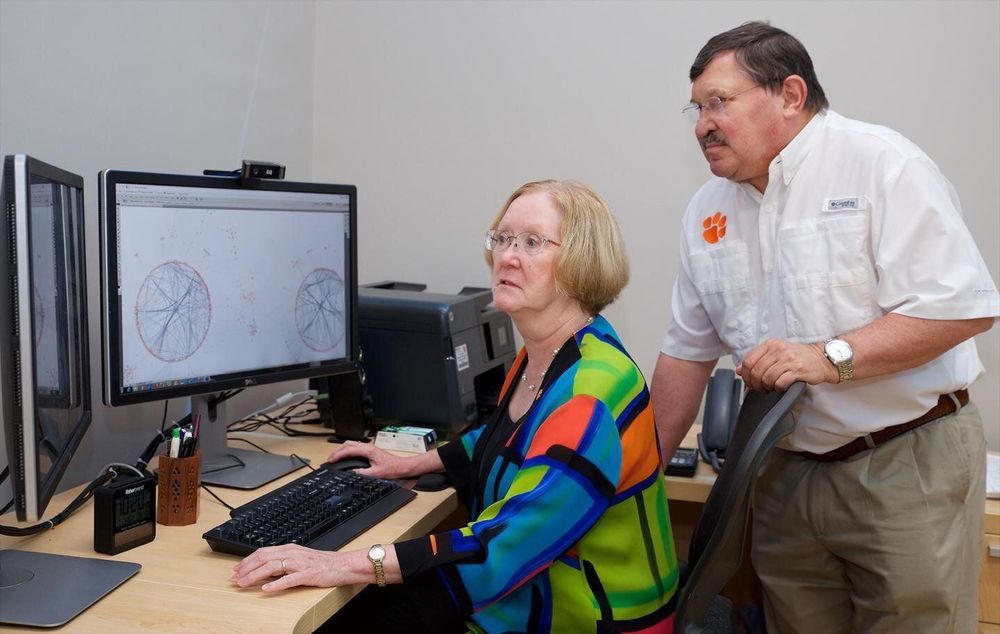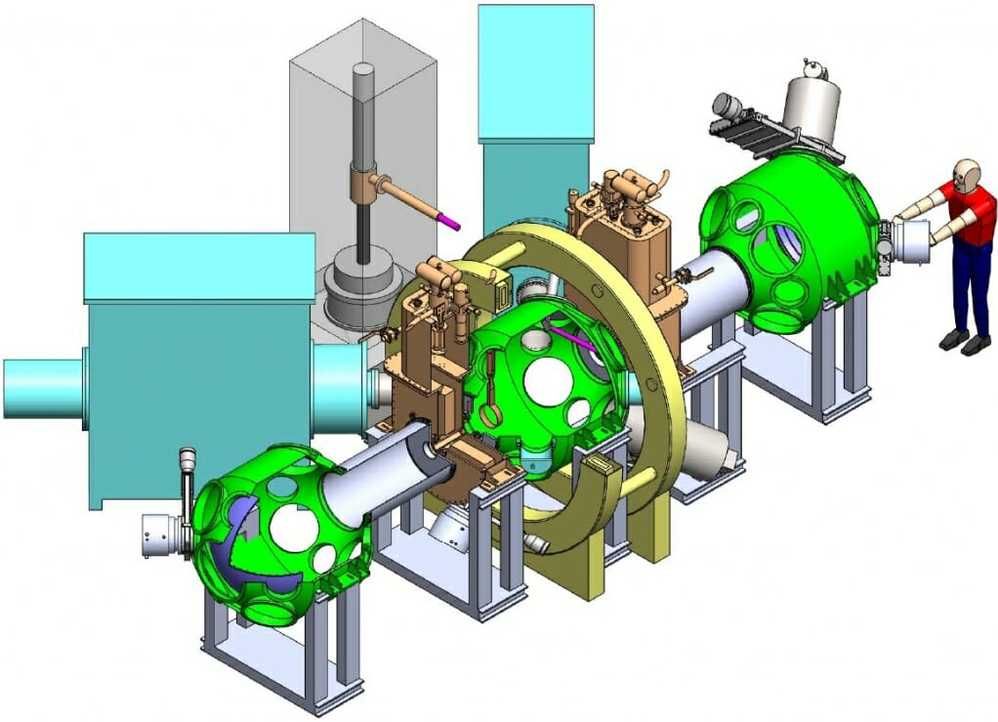Strange particles observed by an experiment in Antarctica could be evidence of an alternative reality where everything is upside down.



A nightly jaunt on the exercise wheel enhances muscle-repair capabilities in old mice, according to a new study by researchers at Stanford School of Medicine.
Only older mice saw this benefit, which the researchers found is due to the rejuvenation of the animals’ muscle stem cells.
“The effect in old animals is very significant,” said Thomas Rando, MD, Ph.D., professor of neurology and neurological sciences and director of Stanford’s Glenn Center for the Biology of Aging. “We found that regular exercise restores youthfulness to tissue repair. Their muscle stem cells start to look and behave like those of much younger animals.”


“We were very pleased to find out that even though life span is a very complicated trait caused by variation on a large number of loci, which is true for most complex traits, the number of loci that are in common is a totally finite number. So, we can imagine going on to the next stage and investigating one gene at a time and in combination,” Mackay said.
Scientists believe about 25 percent of the differences in human life span is determined by genetics—with the rest determined by environmental and lifestyle factors. But they don’t yet know all the genes that contribute to a long life.
A study published March 5, 2020, in PLOS Biology quantified variation in life span in the fruit fly genome, providing valuable insights for preserving health in elderly humans—an ever-increasing segment of the population. The paper titled “Context-dependent genetic architecture of Drosophila life span” is the culmination of a decade of research by Clemson University geneticists Trudy Mackay and Robert Anholt.
It remains difficult to address the genetic basis for life span in humans, so researchers conduct their experiments with model systems. Mackay, the Self Family Endowed Chair of Human Genetics, is one of the world’s leading experts on the Drosophila melanogaster model (aka the common fruit fly), which is an excellent model for comparative analysis of human disease and aging. About 70 percent of the fruit fly genome has a human counterpart.


Circa 2017
Insulin-producing cells have been restored in mouse models of type 1 diabetes using a new genetic engineering technique.
American scientists adapted the gene editing technology known as CRISPR (clustered, regularly interspaced, short palindromic repeat) to successfully treat mouse models of type 1 diabetes, kidney disease and muscular dystrophy.
CRISPR enables scientists to edit the genetic material of an organism allowing for DNA sequences to be easily altered and gene function to be modified.

Circa 2019
Researchers at Hanyang University, South Korea, have used the gene-editing technology CRISPR-Cas9 to treat obesity and type 2 diabetes in mice, a development that could eventually benefit humans. The therapy specifically reduced fat tissue and reversed obesity-related metabolic disease in the animals.

Fusion research began in earnest in the 1960s, when scientists developed mirror machines. These linear tubes have pinched magnetic field lines on either end that act like mirrors, reflecting the charged plasma particles inward and retaining them and their heat in the machine. American researchers halted mirror research three decades ago, mainly due to an inability to contain the plasma.
WHAM will essentially take the team’s research back to the mirror machine days, but with significant upgrades.
“We hope to go well beyond what was done in the mirror program because we have access to very-high-field superconducting magnets like those being built by our partners for toroidal (donut-shaped) plasmas,” Forest says. “These magnets and heating systems simply weren’t available 20 years ago. It’s a new look at an older concept using new technology.”

SEOUL, South Korea (AP) — A barrage of North Korean missiles fired from both the ground and fighter jets splashed down on the waters off the country’s east coast on Tuesday, South Korea’s military said, a show of force on the eve of a key state anniversary in the North and parliamentary elections in the rival South.
The back-to-back launches were the latest in a series of weapons tests that North Korea has conducted in recent weeks amid stalled nuclear talks and outside worries about a possible coronavirus outbreak in the country.
North Korean troops based in the eastern coastal city of Munchon first launched several projectiles — presumed to be cruise missiles — on Tuesday morning, South Korea’s Joint Chiefs of Staff said in a statement.

The paranasal sinuses are major producers of nitric oxide (NO). We hypothesized that oscillating airflow produced by humming would enhance sinus ventilation and thereby increase nasal NO levels. Ten healthy subjects took part in the study. Nasal NO was measured with a chemiluminescence technique during humming and quiet single-breath exhalations at a fixed flow rate. NO increased 15-fold during humming compared with quiet exhalation. In a two-compartment model of the nose and sinus, oscillating airflow caused a dramatic increase in gas exchange between the cavities. Obstruction of the sinus ostium is a central event in the pathogenesis of sinusitis. Nasal NO measurements during humming may be a useful noninvasive test of sinus NO production and ostial patency. In addition, any therapeutic effects of the improved sinus ventilation caused by humming should be investigated.